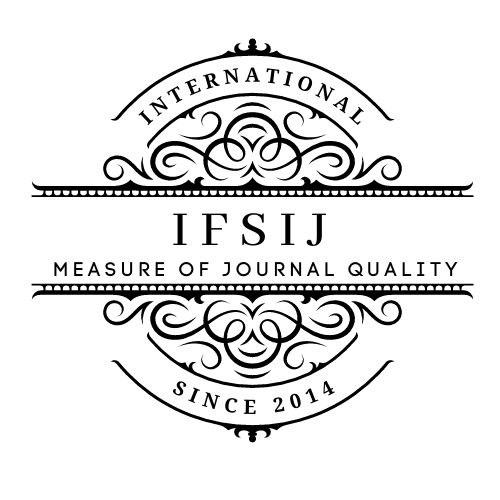FEATURES OF USING MOLECULAR BIOLOGICAL RESEARCH METHODS FOR DIAGNOSTICS OF SEXUALLY TRANSMITTED INFECTIONS
Keywords:
Real-time PCR, antibacterial therapy, false positive results, false negative results, analytical and post-analytical quality control stage.Abstract
The PCR method, as applied to clinical diagnostic purposes, is classified as a direct diagnostic method, i.e. it is aimed at directly identifying the pathogen (its genetic material) in the sample. Direct methods also include bacterioscopic, virological, bacteriological and immunofluorescent methods. In contrast, indirect (serological) methods are aimed at identifying the body's response to pathological exposure and/or therapy (most often, enzyme-linked immunosorbent assay (ELISA)). In this regard, the PCR method in most of its modifications (if DNA is used as the target) does not allow one to evaluate the effectiveness of the therapy. This is due to the fact that DNA is a fairly stable product, is slowly destroyed by DNases and remains in the body for a long time (for several weeks in the case of a pronounced infectious process), even when antibacterial therapy has proven effective.
Downloads
Published
Issue
Section
License

This work is licensed under a Creative Commons Attribution-NonCommercial-NoDerivatives 4.0 International License.















